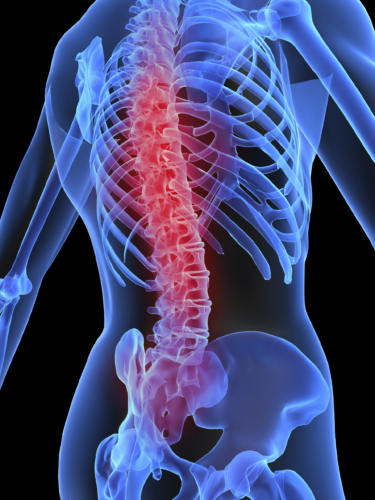 Class handout by Jo Everill-Taylor B.Sc
Class handout by Jo Everill-Taylor B.Sc
- Avoid spinal flexion- there can be an elevated risk of fracture- so keep
your head down on when we are working on our back in exercises such as
single leg stretch. When you go to the floor do a lunge rather than a
standing roll down. When we do things like half roll backs or roll ups use a
hip hinge technique and aim to keep the back long rather than flex
forwards.
- Avoid spinal twists- we do not want added momentum in waist twists- so
keep to a small, controlled range- used your abdominal muscles for
support!
- Avoid placing the wrists under pressure- this is a tricky one as we need to
do some bone loading to help the situation but not overdo it- All 4’s is an
appropriate position for short periods of time whereas the loading in a full
push up may be too much.
- Don’t be afraid of Postural exercises to prevent rounding of shoulders and
upper back. The more we can load appropriately into the muscles of your
spine, the better bone building activity we can induce and better muscular
support we can strengthen. It’s all about controlled range- so not lifting
too high when lying on your front but pulling your shoulders down and
back.
and possible fractures.
Do not be afraid of doing something different to the rest of the class- you only
have one body so need to learn to look after it.
Osteoporosis may cause some changes to your behaviour but with the right
exercise and drug regime, you can make a positive impact on the situation. We
have many members in class with osteoporosis and some long-term members
have reported significant improvements over time to their osteoporosis by
combining their drug therapy and Pilates.

